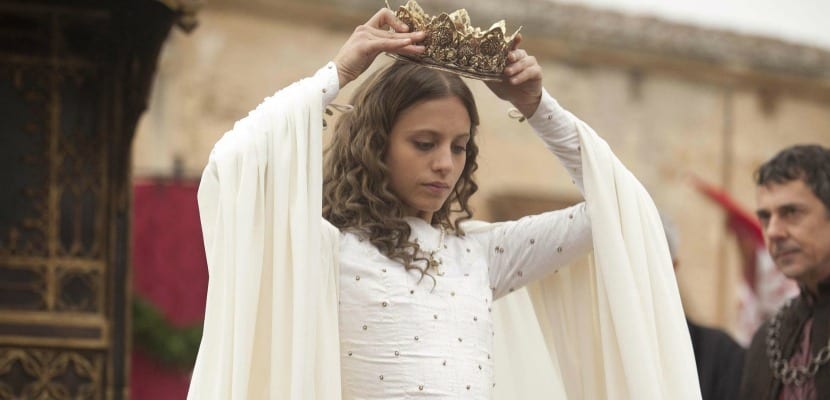
Television and series have recently become the best tourist advertisement for many localities. In September 2012, 'Isabel' was premiered in Spain, a series of great success that narrated the life of Isabel I of Castile, better known as Isabel Catholic. Under his reign and thanks to his support, Christopher Columbus discovered America.
This fiction managed to awaken the interest in History of many viewers and it is not surprising that routes have emerged to visit the towns where Isabel spent a large part of her life, such as "Isabel's route in Castilla y León" one of the most complete and interesting.
This route runs through various towns in the provinces of Ávila, Segovia and Valladolid, proposing the visit of buildings and emblematic places in the life of the queen. In addition, the most relevant historical events that occurred in these places are explained and natural landscapes of great importance can be contemplated.
Ávila
Madrigal of the High Towers
Birthplace of Isabel La Católica (Plaza del Cristo, s / n 05520 Madrigal de las Altas Torres)
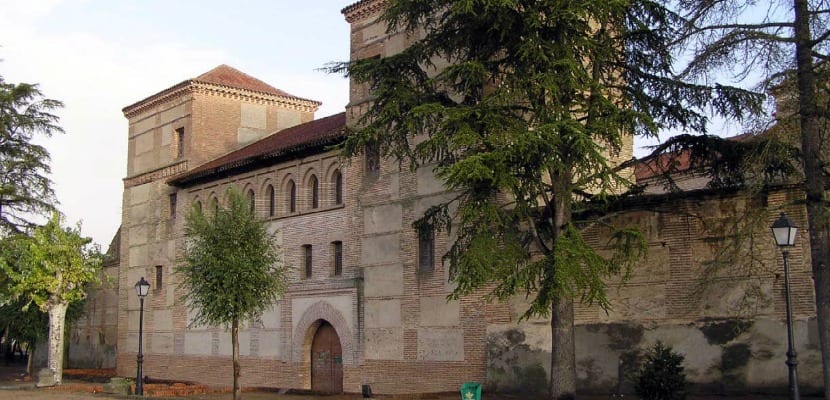
From the old Palace of Juan II of Castile, Elizabeth's birthplace in 1451Currently some rooms from the time are preserved, such as the royal staircase and the Cortes room (both rooms with Mudejar roofs from the 1476th century), the cloister, the Royal chapel, the Ambassadors' room and the Queen's bedroom. In addition, its collections include sculptures, paintings, important historical documents, furniture and objects of the time. In this same palace, today a monastery, Cortes were held in XNUMX with the presence of Isabel and her husband Fernando The Catholic.
Church of San Nicolás de Bari (Plaza de San Nicolás, s / n 05520 Madrigal de las Altas Torres)
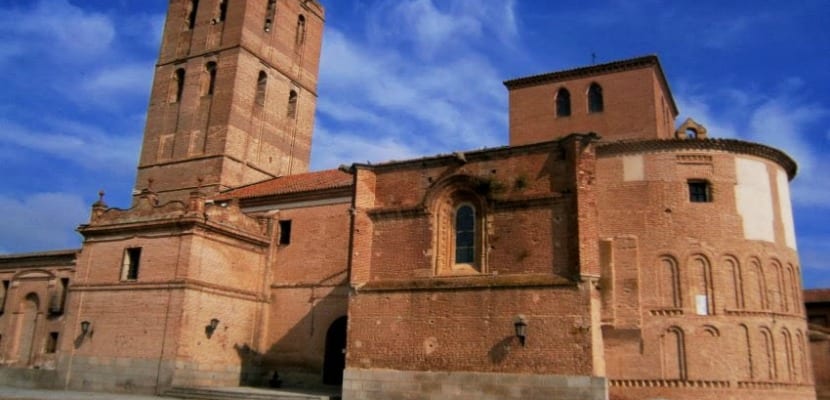
In this Gothic-Mudejar style temple, in 1447, the marriage between Juan II of Castile and Isabel of Portugal, parents of Isabel I of Castile, took place. Later the baptismal font would be used to baptize the future queen. Of this church, its characteristic tower of almost 50 meters high, the exceptional coffered ceiling of the central nave and some Renaissance and Mannerist tombs of great interest stand out.
Arévalo
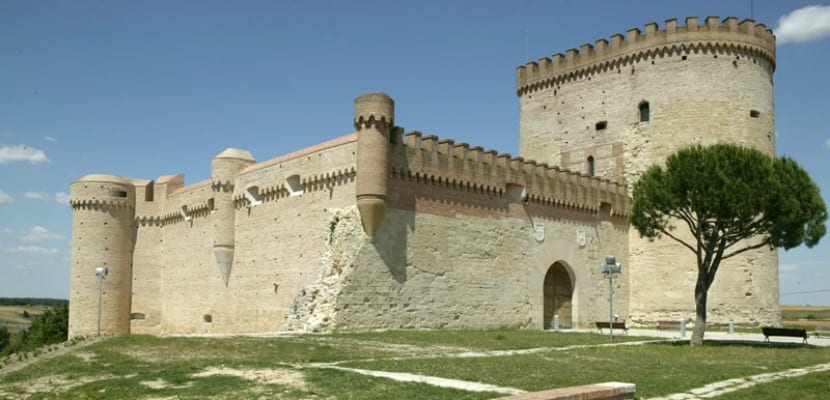
After the death of King Juan II of Castile, his son Enrique IV ascended to the throne, the result of a previous marriage with María de Aragón. By express wish of the widowed queen Isabel of Portugal, to whom the lordship of this town belonged, Isabel and her little brother Alfonso move with her to the castle of Arévalo.
In this town of Avila, the Franciscans provided him with an excellent education and religious training and his childhood passed easily. His relationship with the people was close as evidenced by his relationship with Beatriz de Bobadilla, daughter of the castle warden and her best friend.
In 1461 his niece Juana de Castilla was born and the king required Isabel and Alfonso in Segovia, where the court was, to be able to control them better. The baby was soon nicknamed Juana The Beltraneja because it was rumored that she was not the daughter of Enrique IV but of Beltrán de la Cueva.
The trembling
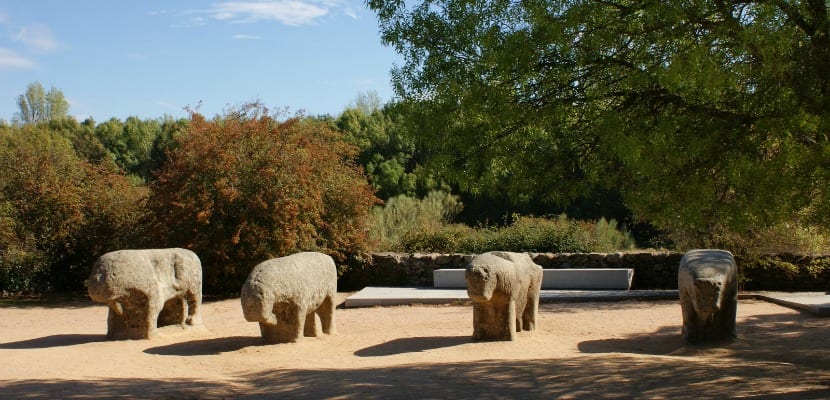
On the death of Alfonso, Isabel's younger brother, the young infanta was pressured by the nobles against King Henry IV to proclaim himself queen. The differences between the two brothers led to the convocation of the "Concordia de Guisando", on September 19, 1468, at the historic site of Los Toros de Guisando in El Tiemblo (Avila). Thanks to these pacts Isabel was raised with the title of Princess of Asturias while Enrique IV reserved the right to approve the suitor chosen for her.
When choosing a husband, Isabel and her supporters understood that the best candidate was her cousin Fernando de Aragón, son of the monarch Juan II of Aragón. But being relatives they needed a papal bull that the pontiff did not sign for fear of reprisals. Instead he sent Rodrigo Borgia to Castile as a papal legate to facilitate the liaison.
Valladolid
Vivero Palace (Avda. Ramón y Cajal, 1 47011 Valladolid)
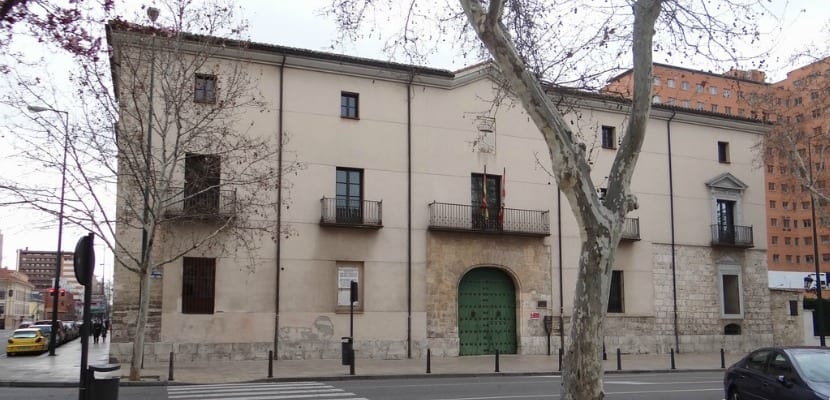
Despite the reluctance of the princess to marry without papal authorization, the Marriage Capitulations were finally signed in March 1469. In this way Fernando and Isabel got married at the Palacio de los Vivero de Valladolid on October 19, 1469. Later they moved to Medina de Rioseco (Valladolid) and Dueñas (Palencia). The Palacio de los Vivero, in Renaissance style, is today the seat of the Provincial Historical Archive of Valladolid.
Segovia
Alcázar of Segovia (Plaza de la Reina Victoria Eugenia, s / n 40003)
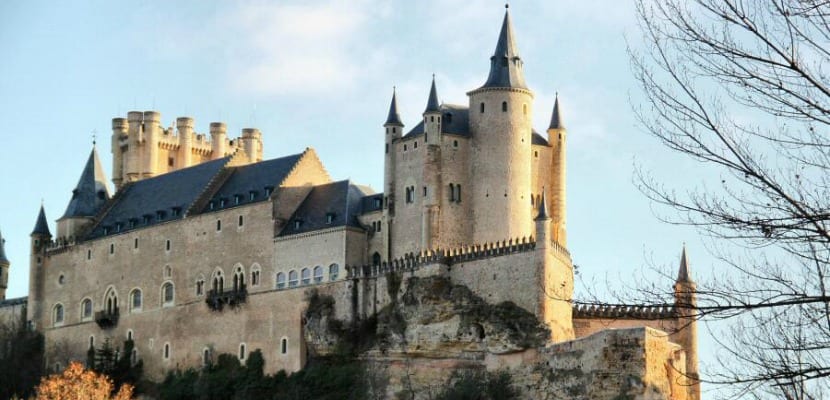
The Alcázar of Segovia was a royal residence since the XNUMXth century, in the times of Alfonso X the Wise. In its long architectural life it had two major reforms: that of the Trastamara dynasty and that of Felipe II. In the XNUMXth century it was extensively restored after suffering a fire.
When Enrique IV learned that his wife, Queen Juana de Avís, was pregnant, he had his brothers the infants Alfonso and Isabel transferred to the court of Segovia in order to keep them in his custody and prevent them from being involved in a succession conflict on the part of the nobility.
During her life in the Alcázar, Isabel was able to learn about the intrigues that at that time reigned in Castilian politics, with great protagonism of characters such as the Duke of Villena, Beltrán de la Cueva, the Mendoza and Archbishop Carrillo.
Church of San Miguel (C / Infanta Isabel, s / n 40001)
On December 11, 1474, King Henry IV died and two days later his sister Isabel proclaims herself queen next to the Romanesque church of San Miguel. The coronation takes place without her husband Fernando being present, who was in Aragon at the time, which precipitates certain disagreements between the marriage.
The act took place in the atrium of the church of San Miguel but the current temple is not the original one as it collapsed in 1532. This fact led to the reorganization and new design of the Plaza Mayor. The current church is from the XNUMXth century and in it the Chapel of Peace stands out.
Segovia Cathedral (Plaza Mayor, s / n 40001)
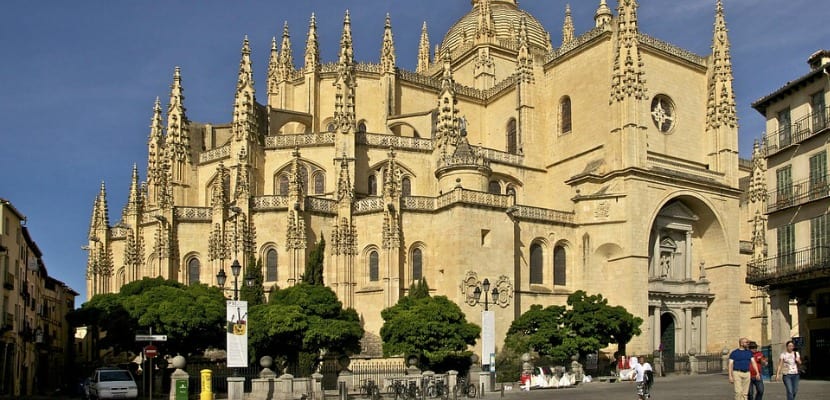
The cathedral of Segovia witnessed the reception of Isabel to her husband Fernando after his proclamation as queen of Castile and of the agreement of both to lay the foundations of his government in Castile and Aragon. The original temple dated from the XNUMXth century and was located in front of the Alcázar but it was destroyed during the War of the Communities in the time of Carlos I, grandson of the Catholic Monarchs.
Of the old Romanesque cathedral, only a cloister by Juan Guas remains, which was moved to the new building, stone by stone.
Valladolid
Medina del Campo
Royal Testamentary Palace (Plaza Mayor de la Hispanidad s / n)
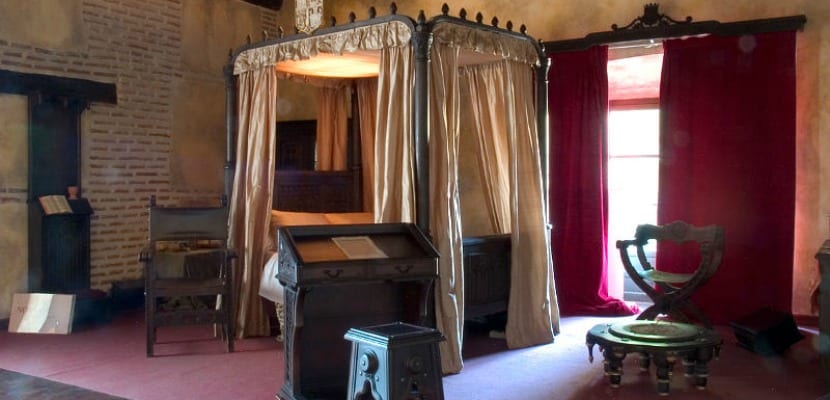
It was the place where the queen lived, made her will and passed away. Upon his death, his daughter Juana inherited the throne and here she was proclaimed Queen of Castile. Currently, the building houses the Isabel Interpretation Center Catholic to give testimony of the relevance that this monarch had in the history of Spain and the world.
Collegiate Church of San Antolín
Although its origins date back to 1177, the current temple is built thanks to the Catholic Monarchs who got the papal bull from Sixtus IV to transform this church into a collegiate church.
Reales Carnicerías (Av. De Lope de Vega, 1, 47400)
In 1500 the Catholic Monarchs authorized its construction, although it was not until half a century later that the works began. This building was conceived to supply meat to the population of Medina del Campo at the time. It is currently declared an Asset of Cultural Interest and maintains a function similar to that of yesteryear as it is used as a food market.